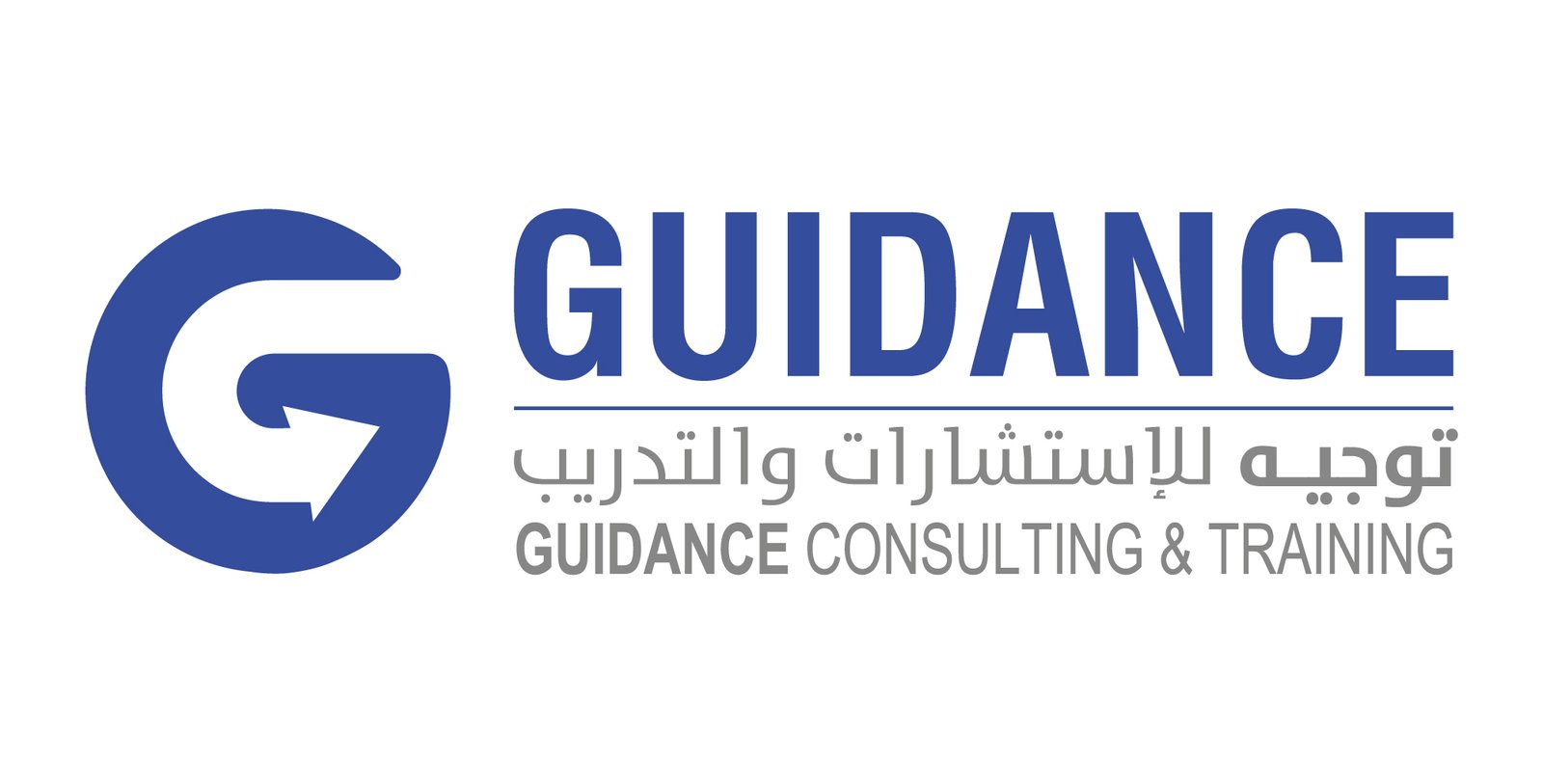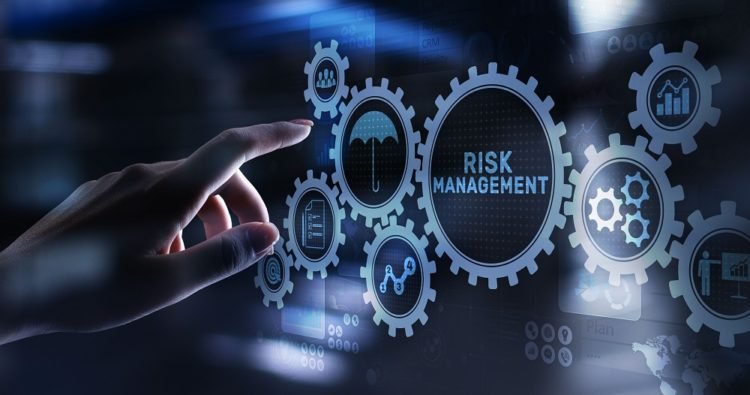Risk Management
It is measuring and assessing risks and developing strategies to manage them. These strategies include transferring risks to another party, avoiding them, reducing their negative effects, and accepting some or all consequences. It can also be defined as the administrative activity that aims to control risks to reduce them to acceptable levels. More precisely, it is the process of identifying, measuring, controlling, and reducing the risks facing a company or institution.
Risk management helps to deal with any uncertain event or circumstance properly. It has a positive or negative impact on the project’s objectives, as these events include unexpected circumstances, situations, and threats, the occurrence of which affects the project’s progress in the desired manner.
Risks are not limited to the negative impact on the project’s objectives only, sometimes a positive impact occurs, which some people miss, as most people associate the word “risk” with negative results only, contrary to reality, as risks are not only negative.
Examples of positive risks: include completing the project implementation before the specified date, obtaining better results than planned, and not using all the resources allocated.
Negative risks like costs exceeding the budget, and the project being completed late and outside its schedule.
The concept of enterprise risk management
Traditional risk management focuses on risks resulting from physical or legal causes (e.g. natural disasters or fires, accidents, death, and lawsuits). On the other hand, financial risk management focuses on risks that can be managed using financial swaps. Regardless of the type of risk management, all large companies, groups, and small companies, have a team dedicated to risk management.
In the case of ideal risk management, a prioritization process is followed, so that risks with high losses and high probability of occurrence are treated first, on the other hand, risks with lower losses and lower probability of occurrence are treated later. In practice, this process can be very challenging, and the balance between high-probability risks with low losses versus low-probability risks with high losses can be handled poorly. Intangible risk management defines a new type of risk, which is those risks that have a 100% probability of occurrence but are ignored by the organization due to the lack of ability to identify them. An example is knowledge risk, which occurs when incomplete knowledge is applied; and relationship risk, which occurs when there is ineffective collaboration. Risks directly reduce workers’ productivity, the effectiveness of spending, profit, service, quality, reputation, and earnings quality. Risk management also faces difficulties in allocating and distributing resources, which illustrates the idea of opportunity cost, as some of the resources spent on risk management could have been used for more profitable activities. Again, the ideal risk management process minimizes spending while minimizing the negative consequences of risk. Risk management should be integrated into the organization’s culture and effective top management policies and programs. Risk management should translate strategies into operational and tactical objectives and define responsibilities throughout the organization for each manager and employee responsible for risk management as part of his or her job description.
What are corporate risks?
Corporate risk management is crucial in developing plans for any business risk that threatens the company’s continuity and survival in the market. These risks can be explained as follows:
1- Compliance risk
Compliance risk threatens the company if it does not comply with external laws or requirements, such as its inability to issue financial statements promptly following applicable accounting rules.
2- Legal risks
Legal risks threaten the company as a result of violating government rules regulating its work, which leads to lawsuits being filed against it in contractual or regulatory cases, thus it is exposed to significant penalties.
3- Strategic risks
Strategic risks pose long-term threats to the company due to its inability to follow appropriate business strategies, which threatens its position in the market and leads to new companies replacing it because it is the lowest-cost supplier of the commodity.
4- Security risks
Cybersecurity risks threaten the company’s physical or digital assets if they lead to theft, such as insufficient controls that oversee sensitive customer information stored on network servers.
5- Operational risks
Operational risks constitute a direct danger to the daily activities required to operate the company, such as a natural disaster that damages the warehouse that contains its inventory.
6- Financial risks
Financial risks threaten the company’s financial position, such as transfer losses due to the company’s retention of foreign currency or natural disasters that cause severe damage to its buildings.
7- Human risks
This means the risks resulting from the company’s employees’ mistakes and failure to perform their duties or the exposure of these employees to external factors such as theft or fraud.
Risk Management Process Steps
1. Preparation
This includes planning the process, mapping the scope of work and the basis that will be used in risk assessment, and defining a framework for the process and an agenda for analysis.
2. Risk Identification
At this stage, the risks of importance are identified. Risks are events that, when they occur, lead to problems, and therefore, risk identification can begin from the problem’s source or the problem itself. When the problem or its source is known, the incidents that result from this source or those that may lead to a problem can be investigated.
3. Risk Identification
This is done through:
Objective-based identification: Organizations and teams working on a project all have objectives, so any event that exposes the achievement of these objectives to risk, whether partially or completely, is considered a risk.
Scenario-based identification: In the scenario analysis process, different scenarios are created that may be alternative ways to achieve a goal or an analysis of the interaction between forces in a market or battle, so any event that generates a scenario that is different from the one envisioned and undesirable is known as a risk.
Category-based identification: This is a breakdown of all potential sources of risk.
Reviewing common risks: there are lists of potential hazards in many institutions.
4. Evaluation:
After identifying potential risks, an evaluation process must be conducted considering their severity in causing losses and their likelihood of occurrence. Sometimes these quantities are easy to measure and sometimes difficult to measure. The difficulty in assessing risks lies in determining their rate of occurrence, as statistical information about previous incidents is not always available. Also, the severity of the results is usually difficult to assess in the case of intangible assets.
5. How to deal with risks
After the process of identifying and assessing risks, all techniques used to deal with them fall into one or more of four main groups:
Avoidance: This means stopping activities that lead to a risk. For example, stopping a product or avoiding an activity with a significant risk. If a bank with a branch is robbed daily, the branch is closed. This technique is used when the losses resulting from the product are higher than the returns.
Transfer: In this case, the impact of the risk is transferred to another party or entity, such as insurance or transferring the task to a third party to carry out the task. This approach is applied when the consequences of an accident if it were to occur, are extremely significant, however, the likelihood is minimal, similar to obtaining fire insurance, which is relevant when the chances of a fire happening are very low (it has not happened previously) or in the case of an earthquake; however, if this risk manifests, the repercussions will be substantial.
Reduction: In this case, it is meant to manage the risk by putting in place control procedures that ensure that they work to reduce both the probability of occurrence and the result of the risk in the event of its occurrence.
Acceptance: Acceptance, accepting the risk as it is without putting in place any procedures, and this is if the risk occurs, the impact is very low and the probability of occurrence is low.
6. Developing the plan
It includes making decisions related to choosing the set of methods to deal with the risks, and each decision must be recorded and approved by the appropriate administrative level. The plan must propose logical and applicable security control methods to manage the risks. For example, the risk of computer viruses can be mitigated using anti-virus software.
7. Implementation
At this stage, the methods planned to mitigate the effects of risks are followed. Insurance should be used for risks that can be transferred to an insurance company. Risks that can be avoided without sacrificing the authority’s objectives are also avoided, other risks are reduced and the rest are retained.
8. Review and evaluation of the plan
Initial risk management plans are not complete. Through practice, experience, and losses that appear on the ground, the need to adjust the plans and use the available knowledge to make different decisions becomes apparent. The results of the risk analysis process and its management plans should be updated periodically, for the following reasons:
To evaluate the security controls used previously, and whether they are still applicable and effective.
Information risks are a good example of a rapidly changing work environment and can be used to evaluate the level of potential changes in risk in the work environment.
Risk Management Characteristics
Making effective decisions and providing solutions that reduce losses. Focusing on reducing the negative effects of risks and anticipating and predicting risks. Developing comprehensive plans and effective planning to face challenges and define individuals’ roles effectively.
Risk management has a number of the following characteristics:
1- Making the best decision
2- Preparing for the worst risks
3- Reducing the harmful effects of risks
4- Planning
5- Anticipating risks
The importance of risk management
Many benefits show how important risk management is and why project owners should rely on it. These benefits include the following:
- It helps to identify and study potential risks, which enhances performance development within the organization.
- It pushes organizations to deal with risks with the best response to reduce risks.
- It reduces the material losses incurred by project owners.
- It ensures that the work team proceeds properly to achieve the project objectives by focusing on periodic risk management follow-up.
- It provides a comprehensive and in-depth view that plays a role in revealing potential risks that are not apparent to project owners.
- It helps project owners make the most appropriate and best decisions for the entity’s benefit.
- It provides institutions with the highest level of quality risk data.
- Reducing surprises that may occur in the event of studying potential risks early.
- It helps the work team to accurately determine the project budget because risk management includes studying the cost.
Enterprise Risk Management Objectives
The objectives of the enterprise risk management process are as follows:
1- Having a comprehensive framework
2- Identifying potential risks and preparing for them
3- Improving the compliance situation
4- Improving the supply chain
5- Avoiding business disruptions
Guidance for Consulting and Training
We have the knowledge and experience to help institutions and individuals comply with the requirements of the Saudi Standards and Quality Organization, the Food and Drug Authority, and other entities that impose legal and mandatory requirements in the Saudi market.
To qualify and develop your institutional system, train your facility and its personnel, and complete its required management and quality systems documents.


